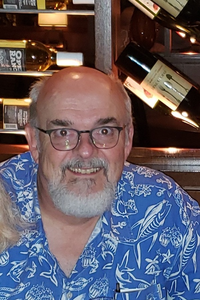
The air war of 1939-45 was a physiological war. Aviators flew unpressurized planes to altitudes of 20,000-35,000 feet during long-range reconnaissance and bombing missions to evade enemy interceptors and anti-aircraft fire. Above 20,000 feet, aircrew performance was often impaired by anoxia, decompression sickness (DCS), hypothermia & frostbite. Escaping from a disabled aircraft at high-altitude presented numerous physiological challenges for safe escape, including hypoxia, frostbite, and the opening shock of the parachute during rapid deceleration. High-performance fighter aircraft subjected Allied pilots to tremendous centrifugal forces (G-forces) during violent dogfighting maneuvers that would leave them temporarily blinded and unconscious due to reduction in brain blood flow. America would deploy its first pressurized bomber in the spring of 1944 (B-29 Superfortress) in the Pacific Theatre of Operations to alleviate the physiological problems caused by reduced barometric pressure and cold. Pressurized flight, however, created a new problem; namely, it was unknown how aircrews would respond to explosive decompression at high-altitude following structural failure of their pressure cabin. If they survived explosive decompression at 35,000 feet, how long did they have to don their oxygen masks before succumbing to anoxia? Would the incidence of DCS increase? What were the physical forces during rapid decompression; specifically, was the ensuing wind blast during explosive decompression great enough to inflict physical injury? During this lecture, Dr. Dean will tell the exciting story of the innovative and often dangerous research conducted by physiologists, biophysicists, and flight surgeons so that Allied aviators could survive, fight and escape at altitudes approaching 40,000 feet. The successful aero medical research and training programs established by these pioneering “physiological warriors” played a major role in the Allied victory in the air war. The knowledge gained, and the new practices established during the war years safely propelled the aviator into the post-war jet age and lay the scientific foundation for new discipline of aerospace medicine.
Winning the Physiological Air War of 1939-1945: the History of Aero medical Research and Practices in America during WWII. Jay B. Dean, Ph.D., Professor, Dept. of Mol. Pharm. & Physiol., Hyperbaric Biomed. Res. Lab., Morsani Coll. of Med., Univ. of South Florida, Tampa, FL 33612; 813-974-1547; jdean@health.usf.edu